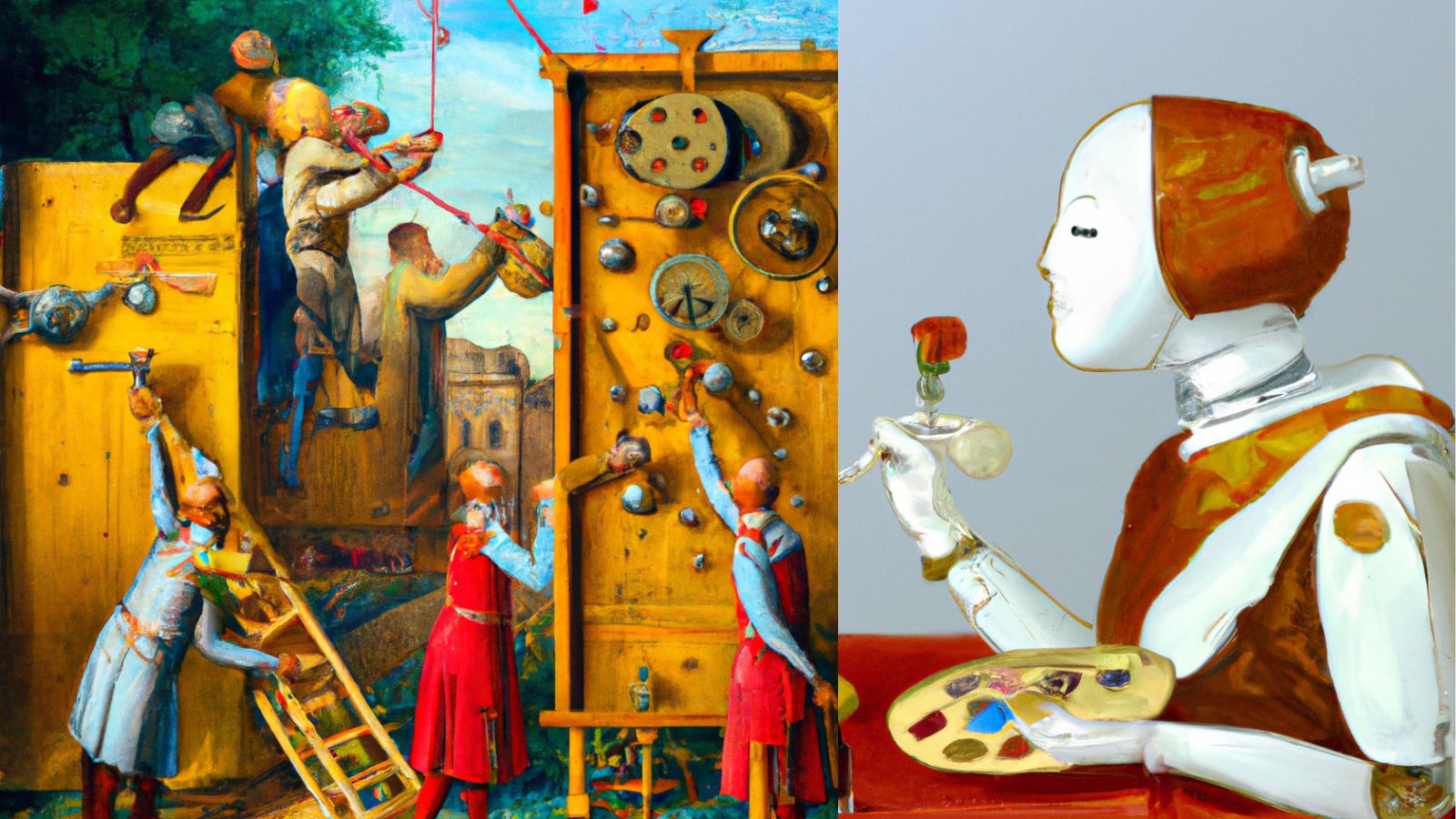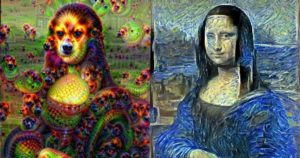By Staff Writers Novak Chen, Priyanka Shah, & Praamesh Siva
With modern artificial intelligence (AI) making advancements every day, its introduction into art and culture has hidden downsides. AI has changed the world with the countless tasks that it can perform, including generating reports, making music, and even diagnosing patients. Now, it has the ability to both manipulate and imitate art in a way that looks exactly like art created by humans. The issue of intellectual property and copyright infringement is a significant concern when it comes to the use of AI art generators. This highlights one of the biggest problems with AI, and gives people more of a reason to take action against the influence of AI in art.
On January 13, a class action lawsuit was filed against art and media giants Stability AI, Midjourney, and DeviantArt. The plaintiff claimed that the aforementioned companies had scraped images and art from online databases in order to train their generative art AI, in violation of copyright. While these violations might not mean much to giant corporations, they can be damaging to small and emerging artists, who rely on commissions and smaller sales to consumers who like their particular art style. As AI takes these artworks and generates new artworks, often illegally and without permission, those artists can lose their niche to an AI algorithm. Similarly, artists and photographers who host their licensed images online in return for royalties from the hosting sites such as Getty Images and Shutterstock might also be replaced by AI programs.
AI also streamlines the process of forgery — its accessibility makes the duplication and sale of artwork much easier. For example, according to the Millenials in Motion Magazine, a French game developer fed South Korean illustrator Kim Jung Gi’s work to an AI generator “to create dupes of his work to pay homage.” Even as this video game developer stole Gi’s work, he asked users to credit him if they used the stolen art. As AI develops, it will become simpler for individuals to take other people’s artwork and alter it to their standards. Forgery like this is not covered by the Fair Use Act of 1976, a law that regulates what constitutes copyright infringement in the media. AI exacerbates the issue concerning the rights and ownership of artwork, creating an unfair situation for those who have actual rights to their work.
While there are many issues with the advent of AI in the artistry world, it is still a boon to many. Many people who simply don’t have the resources to take art classes and pay for art supplies now have an outlet to express their ideas and creativity. By typing in their ideas as prompts to the generative art AI, their concepts can be easily materialized. However, because AI-generated art is derived from pre-existing images and media, there is an inherent lack of originality and creativity. Additionally, AI gives people who lack artistic capabilities the opportunity to express their emotions and passions. However, this benefit raises the issue of forgery and authenticity, outweighing the positives of AI in art.
The utility of AI in various fields is widely acknowledged, but there is ongoing debate regarding its place in the world of art. While the introduction of art AI seems like a fancy new toy to experiment with and provides new ways to create art, it poses a threat towards the authenticity and career of real artists. Students should support their local artists and art communities, such as by promoting their works online, buying their art, or even commissioning them to draw your ideas and bring them to life. In addition, students should take advantage of the wealth of information online about this topic so we can bring awareness to this complex issue.



Be the first to comment on "Impact of AI on Art"